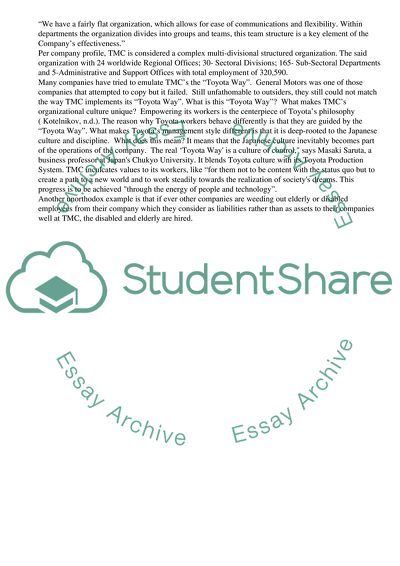Cite this document
(The Toyota Recall Story Research Paper Example | Topics and Well Written Essays - 2750 words - 1, n.d.)
The Toyota Recall Story Research Paper Example | Topics and Well Written Essays - 2750 words - 1. Retrieved from https://studentshare.org/business/1749375-toyota-cars-recalls
The Toyota Recall Story Research Paper Example | Topics and Well Written Essays - 2750 words - 1. Retrieved from https://studentshare.org/business/1749375-toyota-cars-recalls
(The Toyota Recall Story Research Paper Example | Topics and Well Written Essays - 2750 Words - 1)
The Toyota Recall Story Research Paper Example | Topics and Well Written Essays - 2750 Words - 1. https://studentshare.org/business/1749375-toyota-cars-recalls.
The Toyota Recall Story Research Paper Example | Topics and Well Written Essays - 2750 Words - 1. https://studentshare.org/business/1749375-toyota-cars-recalls.
“The Toyota Recall Story Research Paper Example | Topics and Well Written Essays - 2750 Words - 1”, n.d. https://studentshare.org/business/1749375-toyota-cars-recalls.


